Resource Library
Consumer intelligence is in our DNA
Explore hundreds of free resources to help you build a smart social listening program and uncover your customers' truth.
Resources
- Beyond reputation. Control the narrative. Stop reacting to the news after it happens. See it, track it, and neutralize its impact on your reputation. All from a single dashboard.
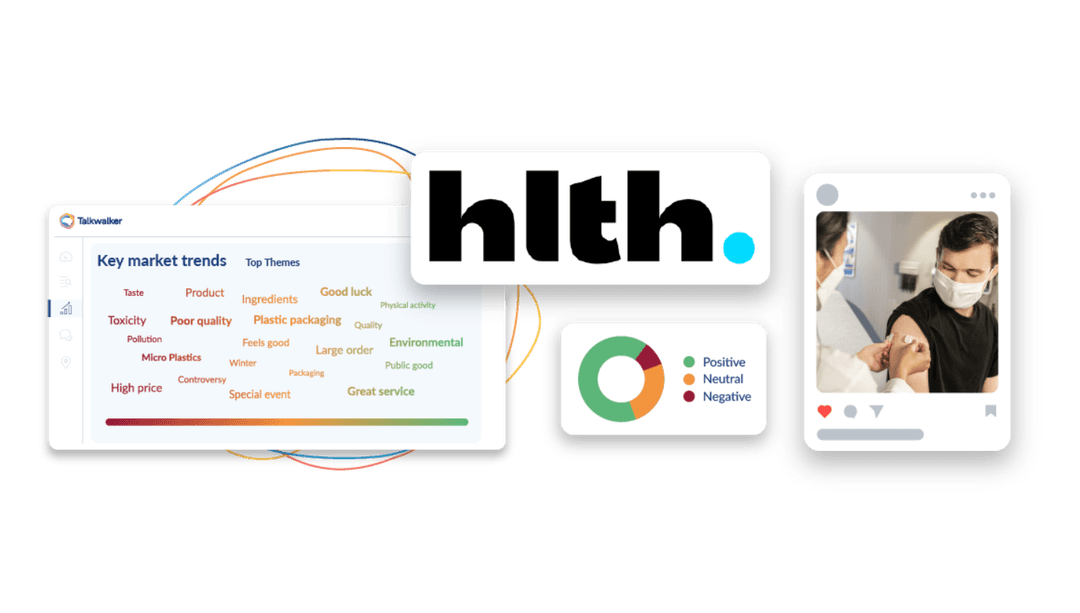
Reports
Beyond reputation. Control the narrative.
Stop reacting to the news after it happens. See it, track it, and neutralize its impact on your reputation. All from a single dashboard. - Amex refreshed Platinum, and the internet has opinions Amex’s new Platinum benefits sparked debate — highlighting fee sensitivity, short hype cycles, and the growing “worth it?” question. See how market intelligence helps financial brands stay ahead of shifting perceptions.
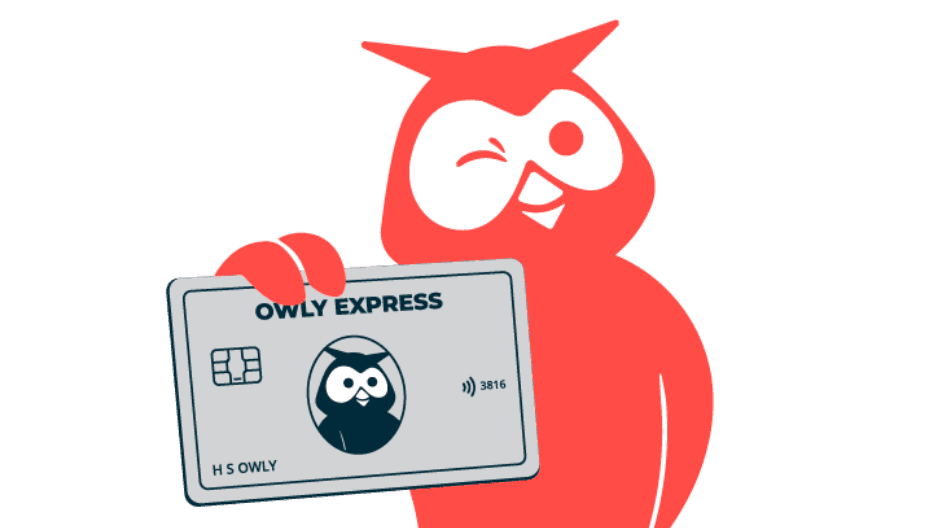
Reports
Amex refreshed Platinum, and the internet has opinions
Amex’s new Platinum benefits sparked debate — highlighting fee sensitivity, short hype cycles, and the growing “worth it?” question. See how market intelligence helps financial brands stay ahead of shifting perceptions. - US Brand Love 2022 - How sustainability builds love Brand Love is back for 2022. This year Talkwalker teamed up with Hootsuite, to create a new Brand Love Index. By analyzing over 2.6B conversations about 1500+ brands, we can reveal the most top 10 most loved brands in the U.S.
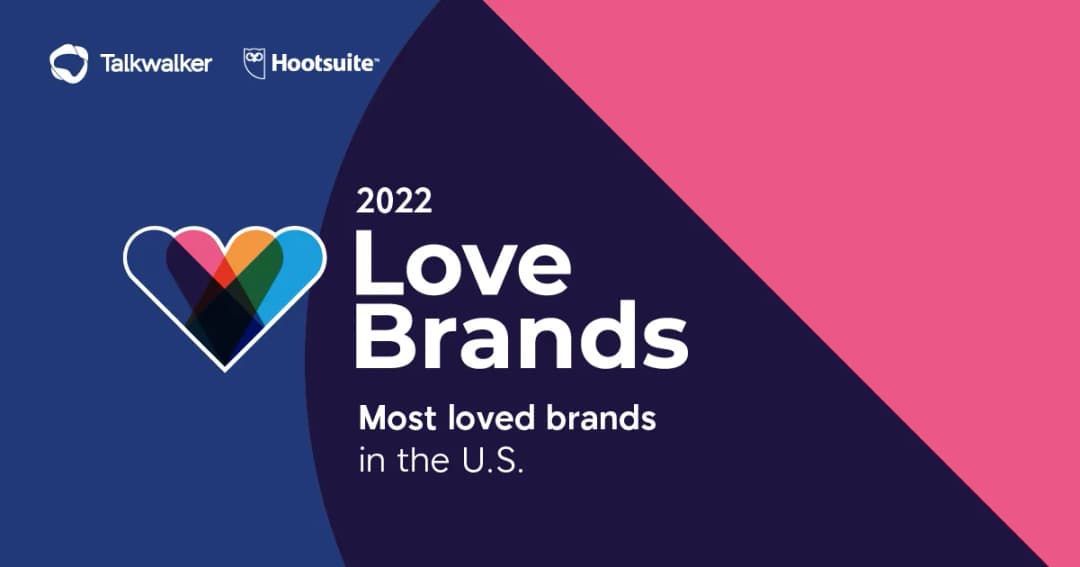
Reports
US Brand Love 2022 - How sustainability builds love
Brand Love is back for 2022. This year Talkwalker teamed up with Hootsuite, to create a new Brand Love Index. By analyzing over 2.6B conversations about 1500+ brands, we can reveal the most top 10 most loved brands in the U.S. - Social Listening & Analytics for TV Broadcasters Understand how TV producers and broadcasters benefits from social insights like sentiment, audience activity or share of voice for different characters.
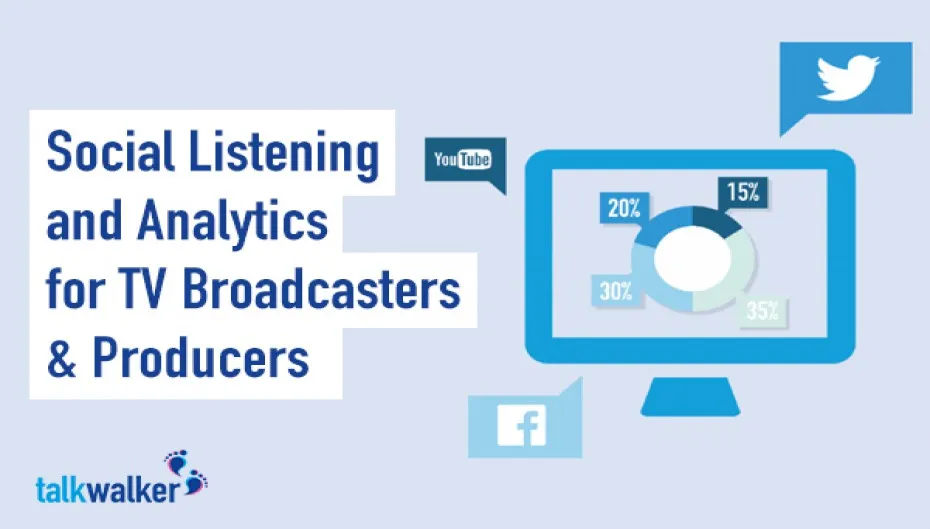
Reports
Social Listening & Analytics for TV Broadcasters
Understand how TV producers and broadcasters benefits from social insights like sentiment, audience activity or share of voice for different characters. - Social Media Report Examples Wow your boss! Download our free, simulated social media reporting templates, to see how to show your results in a comprehensive and memorable way.
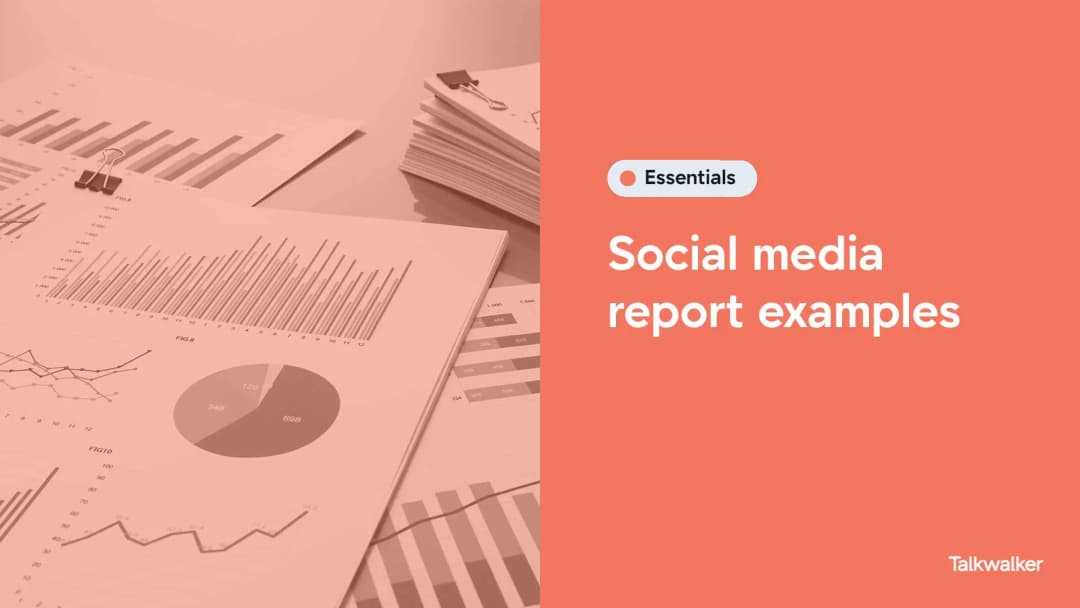
Marketing Essentials
Social Media Report Examples
Wow your boss! Download our free, simulated social media reporting templates, to see how to show your results in a comprehensive and memorable way. - What voice of the customer can do for your brand Discover how to collect customer feedback about a product or service, not just once, but throughout the whole buying process.

Reports
What voice of the customer can do for your brand
Discover how to collect customer feedback about a product or service, not just once, but throughout the whole buying process. - White paper: Blue Silk™ GPT for consumer intelligence A look at the latest development in AI technology, and how GPT will revolutionize consumer intelligence.
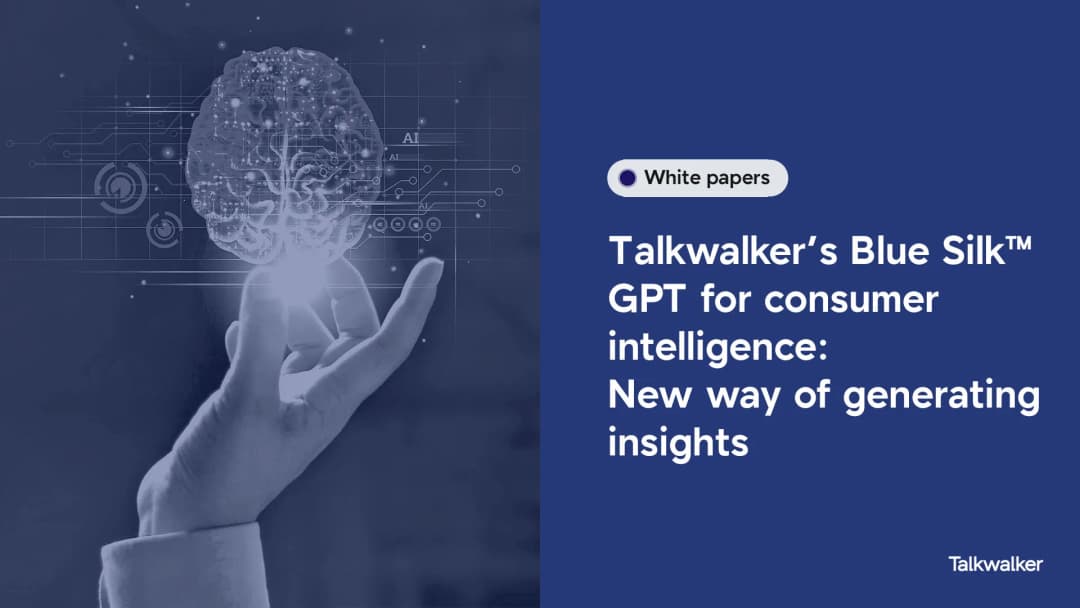
Reports
White paper: Blue Silk™ GPT for consumer intelligence
A look at the latest development in AI technology, and how GPT will revolutionize consumer intelligence. - UNIQLO brand report With Talkwalker’s AI-powered consumer intelligence platform, we dissect the UNIQLO brand by analyzing over 300K consumer conversations.
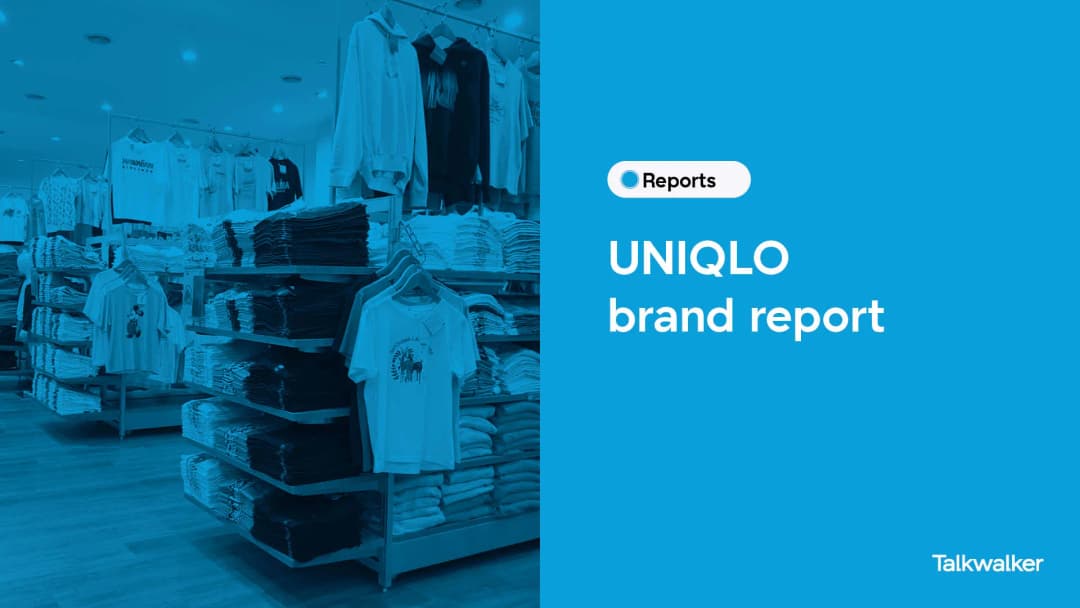
Reports
UNIQLO brand report
With Talkwalker’s AI-powered consumer intelligence platform, we dissect the UNIQLO brand by analyzing over 300K consumer conversations. - UK Utilities Industry Established and Challenger energy providers are shaping the tomorrow of their industry to adapt to today's shift in consumer behaviour in the UK.
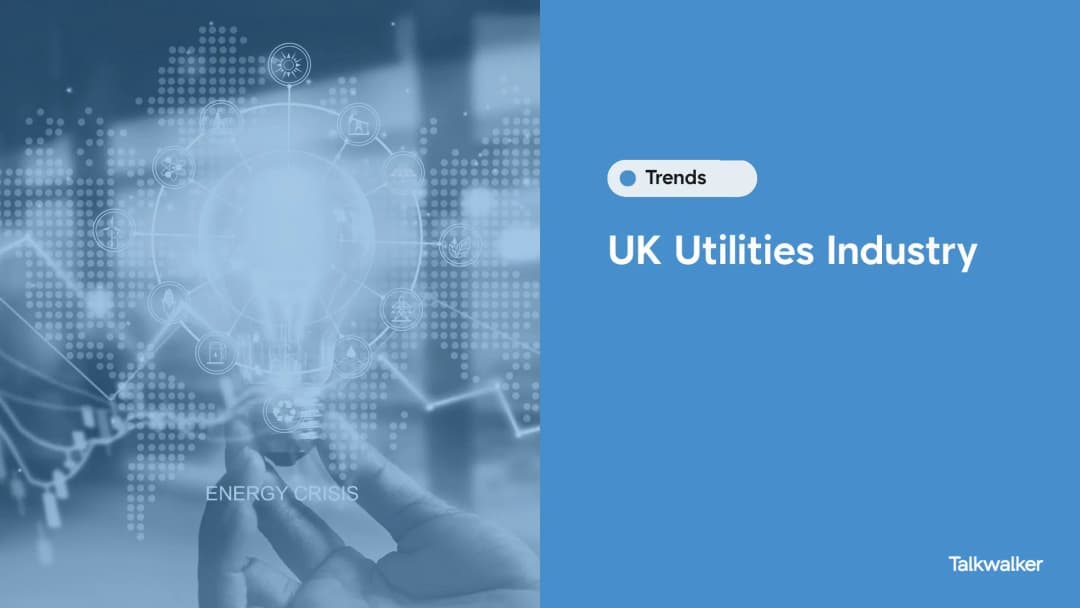
Reports
UK Utilities Industry
Established and Challenger energy providers are shaping the tomorrow of their industry to adapt to today's shift in consumer behaviour in the UK. - Birdseye Report: Industry deep dive - Food We partnered with Twitter to analyze the food industry, and tap into the conversations to identify valuable insights for 2022.

Reports
Birdseye Report: Industry deep dive - Food
We partnered with Twitter to analyze the food industry, and tap into the conversations to identify valuable insights for 2022. - Social Media Strategy from 10 Leading Insurance Brands Using Talkwalker social listening to monitor and analyse the social media strategies of 10 of the top insurance companies in Europe and North America.
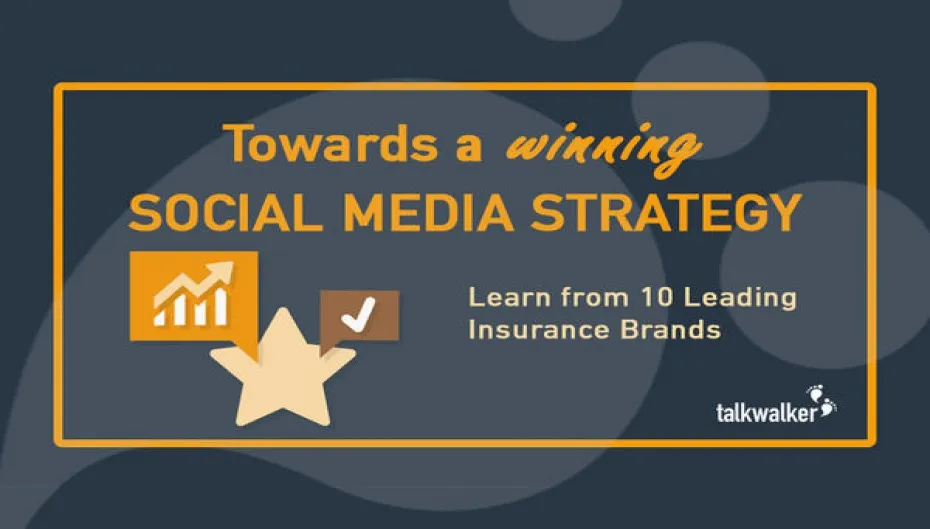
Reports
Social Media Strategy from 10 Leading Insurance Brands
Using Talkwalker social listening to monitor and analyse the social media strategies of 10 of the top insurance companies in Europe and North America. - Case study - State of Social Intelligence Report How do you rate your Social Intelligence? Learn how industry experts like you are making the most from social analytics, with insights into best use-cases, and what the future holds.
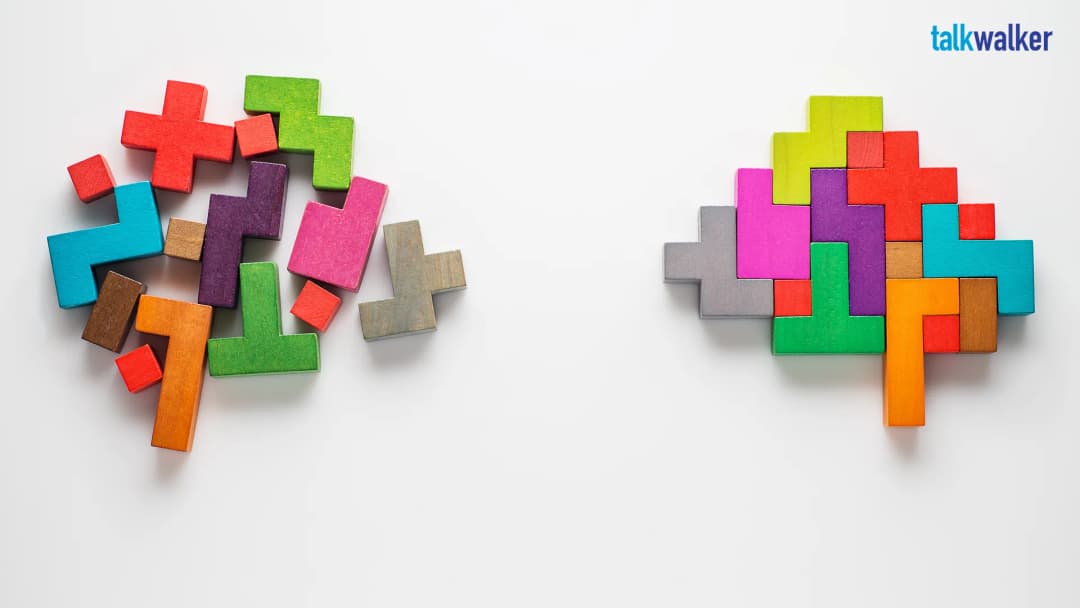
Reports
Case study - State of Social Intelligence Report
How do you rate your Social Intelligence? Learn how industry experts like you are making the most from social analytics, with insights into best use-cases, and what the future holds.
